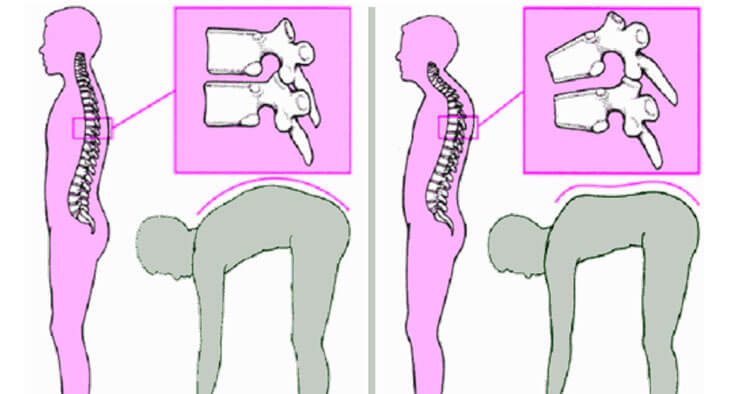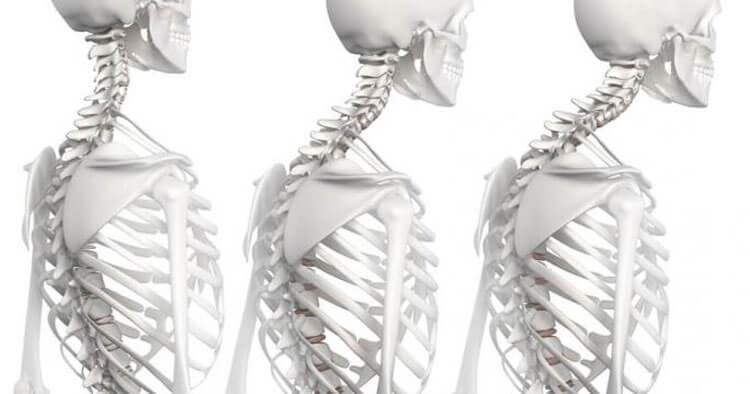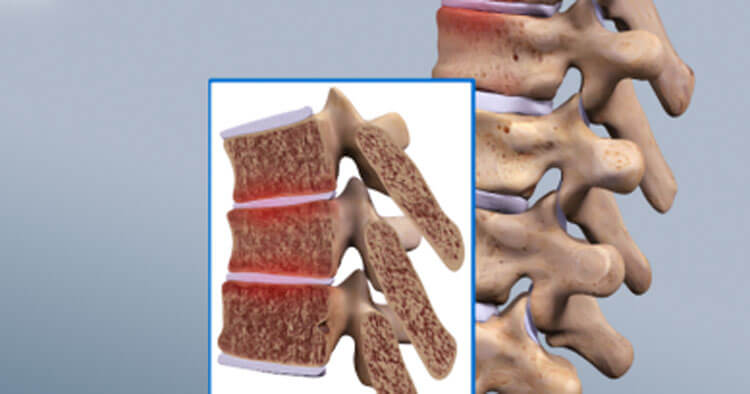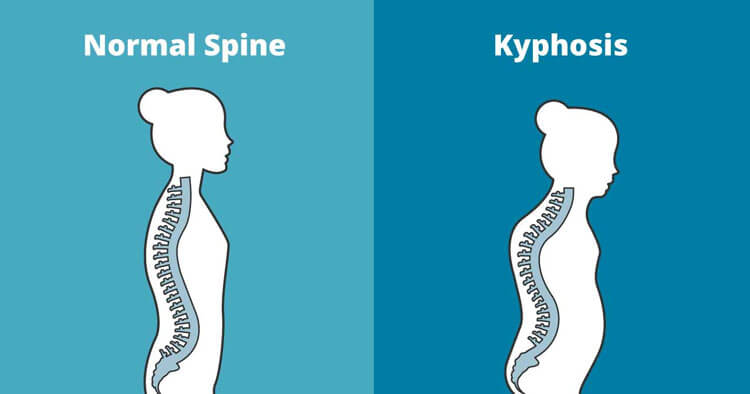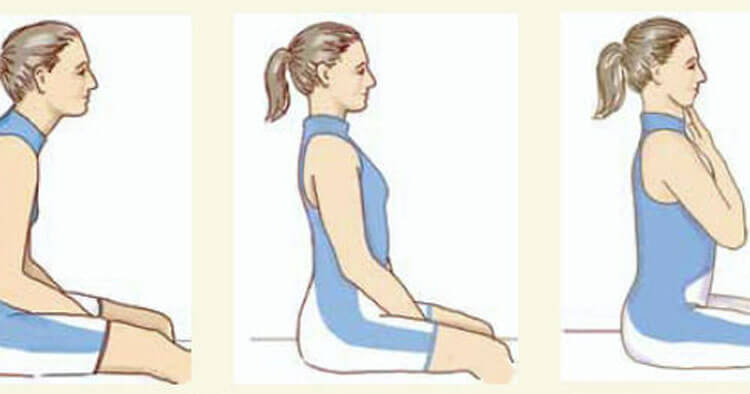Treatment Options For Managing Hunched Shoulders With Scheuermann’s disease a posture brace is sometimes used to help manage hunched shoulders and assist in keeping the back in a position as close to the “normal” anatomical position as possible. The exact treatment approach including the use of any postural bracing when managing hunched shoulders depends upon… Read More >
Tag Archives: kyphosis
What Is Scheuermann’s Disease? Scheuermann’s Disease is a condition named after Danish surgeon Holger Werfel Scheuermann. A developmental disorder of the spine causing abnormal growth of the thoracic vertebrae (however not exclusive to the thoracic spine as it can also be found in the lumbar spine). Scheuermann’s Disease is self limiting, meaning it will not… Read More >
Causes Of A Kyphotic Thoracic Spine Aside from the common postural kyphosis there are a number of other causes of kyphosis of the thoracic spine. Some of the other common causes include Scheuermann’s Disease, traumatic kyphosis and an osteoporosis-related kyphosis to name a few and each will be discussed briefly below. Structural Kyphosis Unlike a… Read More >
What Is A Thoracic Kyphosis? When viewed from side on, your spine is not a straight line but has curves. These curves are referred to as a kyphosis, or lordosis. The spinal curves ideally work together to “cancel” out each other, so that the net result when standing is that we are nicely balanced with… Read More >
What Is A Kyphosis? A kyphosis when viewing the spine from side on refers to the outward curvature of the spine, the convex curve of the back. Inward and outward curves of the spine are normal and desirable as the work to balance the head and distribute load evenly throughout the spine. These curves are… Read More >
What Is A Dowager’s Hump? A dowager’s hump is the common name given to a hump that can form at the base of the neck. Traditionally this “hump” is mostly frequently seen in older women, but is also seen in men and occasionally younger adults. Medically rounding of the spine is referred to as a… Read More >
What Causes Juvenile Osteochondrosis Of The Spine? Osteochondrosis is a self-limiting developmental derangement of normal bone growth, and Scheuermann’s disease is considered to be a form of juvenile osteochondrosis of the spine. Normally vertebrae are more or less cylindrical in shape however with Scheuermann’s disease parts of the vertebrae to grow at different rates during… Read More >
Diagnosis Of Upper Back Kyphosis If an upper back kyphosis is suspected, then patients should consult their primary care practitioner such as their GP, physiotherapist, chiropractor or other spine specialist to help obtain accurate diagnosis. Diagnosis of thoracic kyphosis is gained through the gathering of information via taking a patient history as well as a… Read More >
Not All Bumps Are Dowager’s Humps The presence of a significant “bump” at the base of your neck may indicate a Dowager’s hump. However it is normal that the bones (spinous processes) of the vertebrae my seem to protrude somewhat at the base of your neck, this does not necessarily mean you have a dowager’s… Read More >



